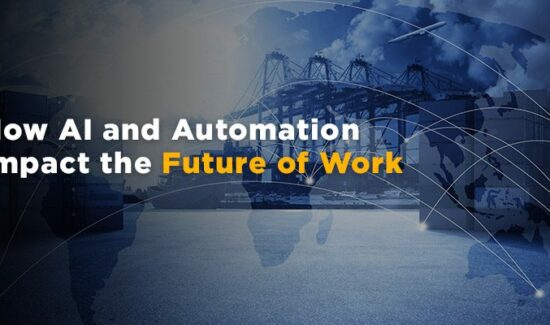The Human Element in HR Remains Important Regardless of Talent Management Tech


In today’s technologically advanced world, HR and Talent Management solutions are disrupting HR, and in most cases, for the better. Although these cloud-based solutions are fast to implement and give businesses a huge boost to execution speeds, strategic leadership and human interaction however, cannot be automated.
In a recent report on HR technology, Josh Bersin, principal and founder of Bersin by Deloitte, predicts the HR technology industry is on the precipice of a total reinvention. The pace of change has been accelerating since 2010, when the market first began steadily racing to the cloud.
Advances in HR technology, like Talent Management Software (TMS), are keeping pace and driving changes in the strategic concerns of growing businesses. Some emphasis has actually shifted from talent management through integrated processes and systems, to people management that focuses on culture, engagement, environment, leadership and empowerment.
“I’ve seen a lot of companies emerge in the employee engagement and feedback space,” said Joe Carella, assistant dean for executive education at the University of Arizona’s Eller College of Management. “Such solutions can be valuable for growth-oriented companies, especially if they have time-sensitive projects.”
Carella warns that there are limits to what they can do however, and stresses that technology is never a good replacement for sound leadership.
The lens through which any technology or software solution should be viewed is always the same by asking yourself: How will it help my business achieve its goals and mission?
According to Paul J. Sarvadi, co-founder, chairman and CEO of Insperity, “The primary HR objective is to achieve alignment across the business between its employees and the strategies and goals that are most important to it. Those are the things that really change as a company grows.”
Communicating these goals to the workforce is generally a straightforward matter for business leaders when a company is small, but as they expand, and workforces become larger and more dispersed, it gets more challenging.
HR technology and talent management solutions are vastly expanding opportunities in performance management, real-time engagement evaluation, people analytics, talent acquisition, training and other processes that support the three most important HR pillars for achieving alignment: communication, employee feedback and compensation / reward systems.
Technology can and will never totally displace the human elements from a successful HR strategy though. Human Capital Management (HCM) technology has made tremendous strides, but for companies to realize the full value of their investment, they have to go beyond SaaS (Software-as-a-Service).
Looking for more? Download our all new free buyers guide and check out the top Talent Management software vendors, along with snippets of their highest ranking products and solutions, plus the top 10 questions and tips about the implementation and selection process!
And don’t forget to follow us on Twitter, LinkedIn and Facebook for all the latest in Work Tech space!























